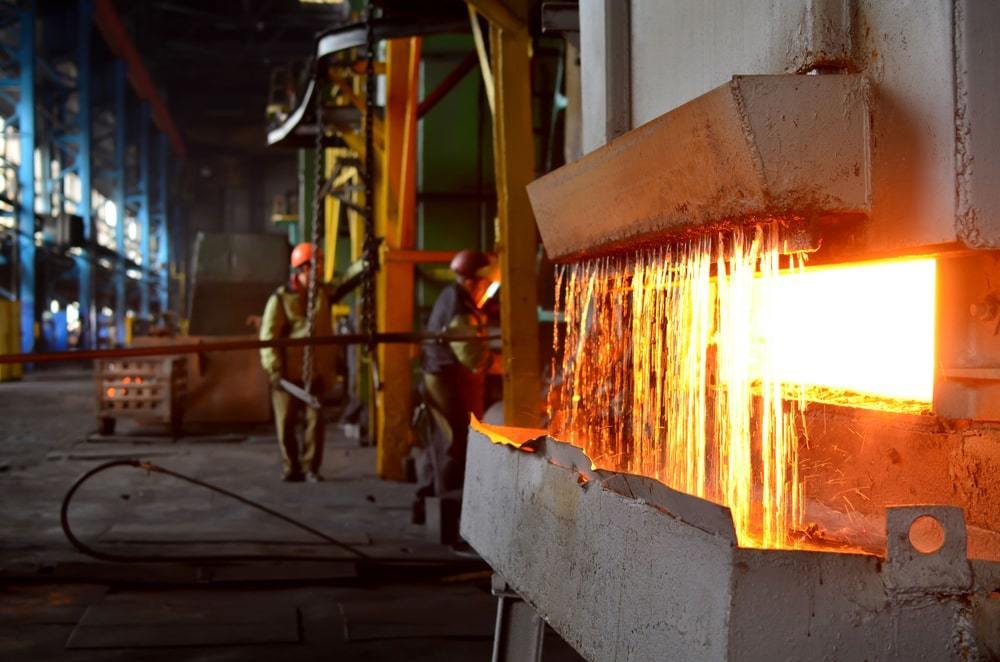The heat treatment of automobile shafts is a process that involves heating the shaft to a specific temperature to achieve the desired characteristic.
The most common applications of this process include heat-treating steel to improve its resistance to corrosion, hardening steel to increase strength, and annealing steel to remove residual stresses.
Automobile shafts undergo various stages of heat treatment depending on the application. For example, automobile shafts used in engine applications, such as steering gear, transmission input shaft, and transfer case, are heat treated to increase their hardness.
Heat treatment of automobile shafts is done to enhance their physical properties. It involves heating the shaft to a specific temperature and then holding it at that temperature for a specified length of time.
Heat Treatment Process:
This process allows the metal to form a protective layer of oxide on the surface of the metal. This oxide layer provides resistance to rust and corrosion.
It also increases the mechanical properties of the material. Heat treatment can also be used to strengthen the steel.
Heat treatment of automobile shafts is usually done in the following steps:
- Heating
- Holding
- Cooling
- Testing
Heating the automobile shaft to a specific temperature is the first step.
The time required to heat the automobile shaft depends on the material used, the size of the shaft, and the desired results.
When the temperature reaches the target value, the shaft is held at that temperature for a specified length of time. The duration of this step is determined by the desired end result.
The shaft is then cooled down to room temperature. This step is necessary to avoid the formation of cracks and to prevent distortion of the shaft.
The testing stage ensures that the desired characteristics are achieved.
The most common types of heat treatment include:
- Annealing
- Hardening
- Tempering
- Nitriding
- Painting
- PVD coating
Hardening of Shafts:
The shafts in your car are subject to extreme forces during operation. In fact, the engine produces over 4,000 pounds of force every time it starts.
In order to handle these forces, the shafts must be made strong. However, it is difficult to build strength in metal. In order to withstand these forces, shafts are often heat-treated.
The process of heat treatment involves heating a piece of metal to a very specific temperature. As the metal heats up, it expands. This expansion allows the metal to achieve a larger cross-sectional area, which increases its strength. This process is also used to harden steels, such as aircraft propellers and jet engines.
In the case of automobiles, the heat treatment process can be applied to the bearing surfaces of shafts. This is called surface hardening.
Surface hardening improves the strength of a shaft’s bearing surfaces. This prevents the bearings from getting damaged and allows the shaft to operate more smoothly.
Surface hardening is often recommended for older cars that have had previous bearing problems.
Induction hardening and its benefits
Induction hardening is a process that strengthens the steel and increases the hardness of the shaft. There are two main types of induction hardening: cold and hot.
Cold induction hardening of shafts is the most common and effective method of hardening. In this process, the shafts are heated to a very high temperature and then cooled quickly. This causes the steel to become very brittle and difficult to machine.
Cold induction hardening is the best way to treat low-carbon steels and low-alloy steels.
In the hot induction hardening process, the shafts are heated to a much lower temperature and then cooled slowly. This causes the steel to become soft and easy to work with.
Hot induction hardening is the best way to treat medium carbon steels, which include high carbon steels and stainless steels.
Benefits of induction hardening
The benefits of induction hardening include:
* Increased hardness of the shafts.
* Increased strength of the shafts.
* Reduced machinability of the shafts.
* Improved corrosion resistance of the shafts.
* Increased fatigue life of the shafts.
* Reduced brittleness of the shafts.
* Reduced shrinkage of the shafts.
* Reduced distortion of the shafts.



